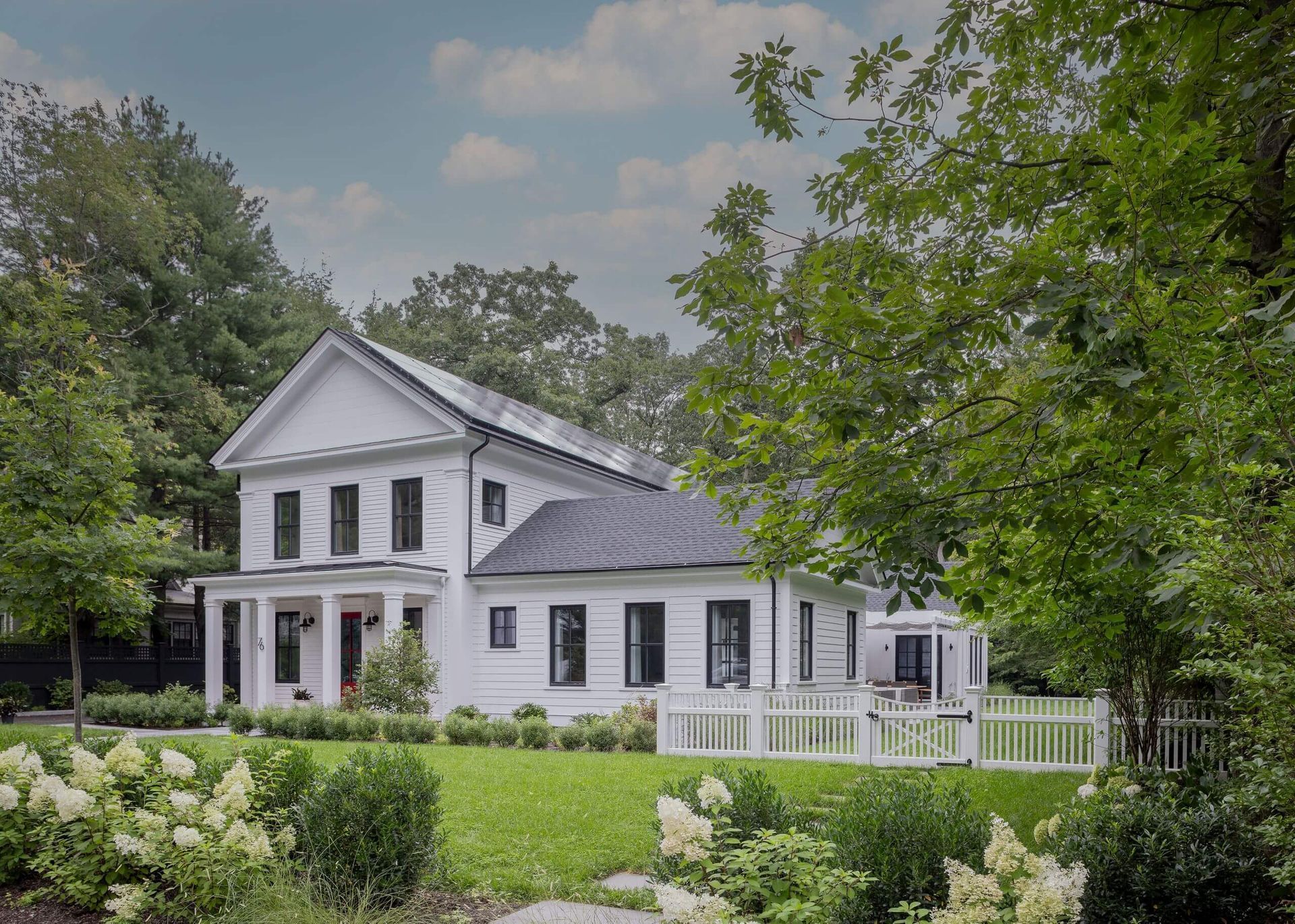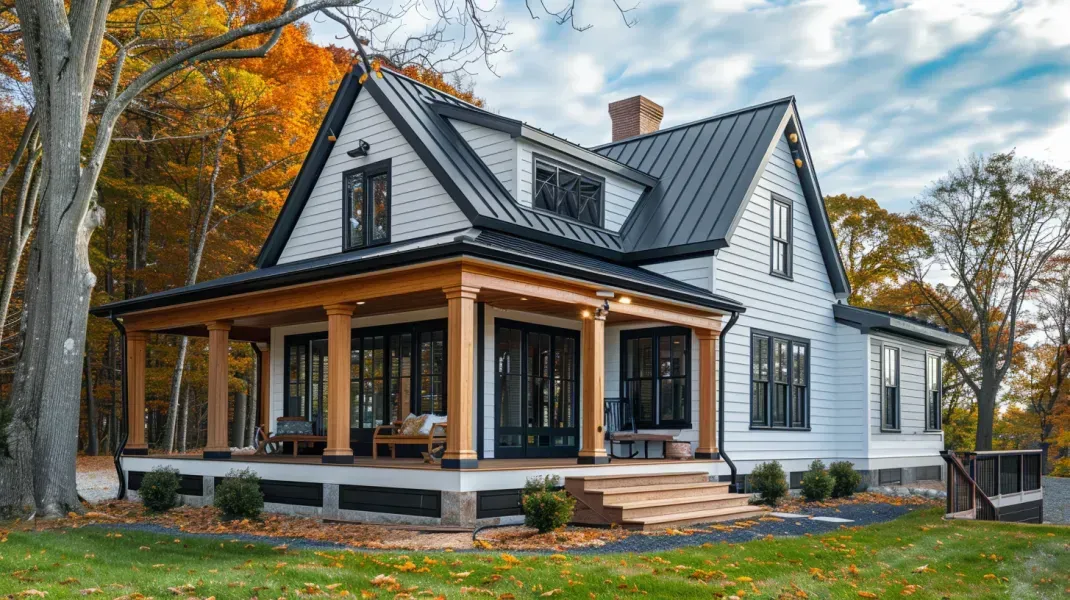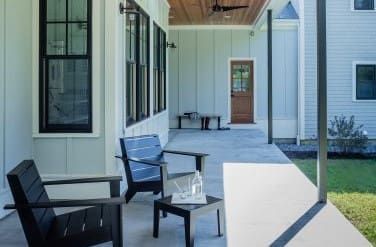NESEA BE13 DER Workshop: Acronyms Gone Wild!
What in the world is an ERV? A blowerdoor test? Stick and Peel? A mini-split?
Before walking into the Northeastern Sustainable Energy Association’s Building Energy conference (called “BE13”) this morning, I thought I knew a little bit about green building. Okay, I’m not going to lie; I felt like a little bit of a sustainable construction aficionado.
After eight hours in a room full of architects, builders, contractors, building inspectors, manufacturers and utility officials, I have come to realize I barely count as a hobbyist when it comes to deep energy retrofitting (DER). I’m more like a DER dabbler, a total rookie.
Not only was I scribbling as fast as I could in my notebook all day, trying to catch all the acronyms the presenters were throwing out, but my frantic google searching drained my iphone’s battery before the last presenter even took the stage.
So what did I take away from the first day of BE13?
The workshop I attended focused on deep energy retrofits (DERs). DERs are renovation projects that seriously increase the energy efficiency of an existing home. How do you know your project qualifies as a DER? It seems there is no one single answer to that question. The presenters listed many official guidelines and standards to choose from when creating the goals for a project and measuring its performance results. Here’s a list of programs they mentioned (many of which I’m still googling; I’m looking at you, EUI):
HERS, Energy Star, National Grid, EUI, 1000 Home Challenge, EnergyStar, DOE Challenge Home, National Grid DER Pilot, Passive House, Net Zero
If your project scores well on these measures, congratulations! You might have a DER on your hands.
Judging by the amount of polite public arguing in the sessions, this is a field that lacks widespread agreement on just about everything. Techniques, measurements, goals; there was room for dissent on every subject.
The best presentations, comments, and examples of the day were those with data that backed up their claims. To be sure, some DER practitioners have achieved impressive results. My favorite examples came from Matt Berges, a builder from Cleveland, Ohio. His approach is driven by home energy performance results. I appreciated that he didn’t spend time griping about communication failures or projects where the work went wrong; instead, he focused building the next retrofit better, experimenting with different crews and techniques, and always reaching for a higher level of energy savings. Matt’s fundamental advice was to focus on creating a “complete and continuous” air barrier and thermal layer around the home. His projects aim for the greatest airtightness possible to achieve the greatest energy savings possible. You can read about one of Matt’s Cleveland DERs at Home Energy Magazine’s website.
One area that everyone in the room agreed with was the overall value of DERs extending beyond just energy cost savings. Although dramatically lower heating and cooling bills are the main lure of DERs, the presenters emphasized that these projects can drastically improve the comfort, durability, resilience, and value of a home.
Are you ready to run out your front door (which is apparently leaking all of your very expensive, petrochemical-heated air into the neighborhood) and start deep energy retrofitting your home? After seeing some of the energy savings numbers today, I know I am.
I’m going to be spending the next weeks following up on all the terms, programs, products, and techniques mentioned during the workshop and sharing the results on the blog, so send me your questions, comments, and best retrofitting stories!
There’s more to come from NESEA’s BE13, so stay tuned!
The post NESEA BE13 DER Workshop: Acronyms Gone Wild! appeared first on Hawthorn.













